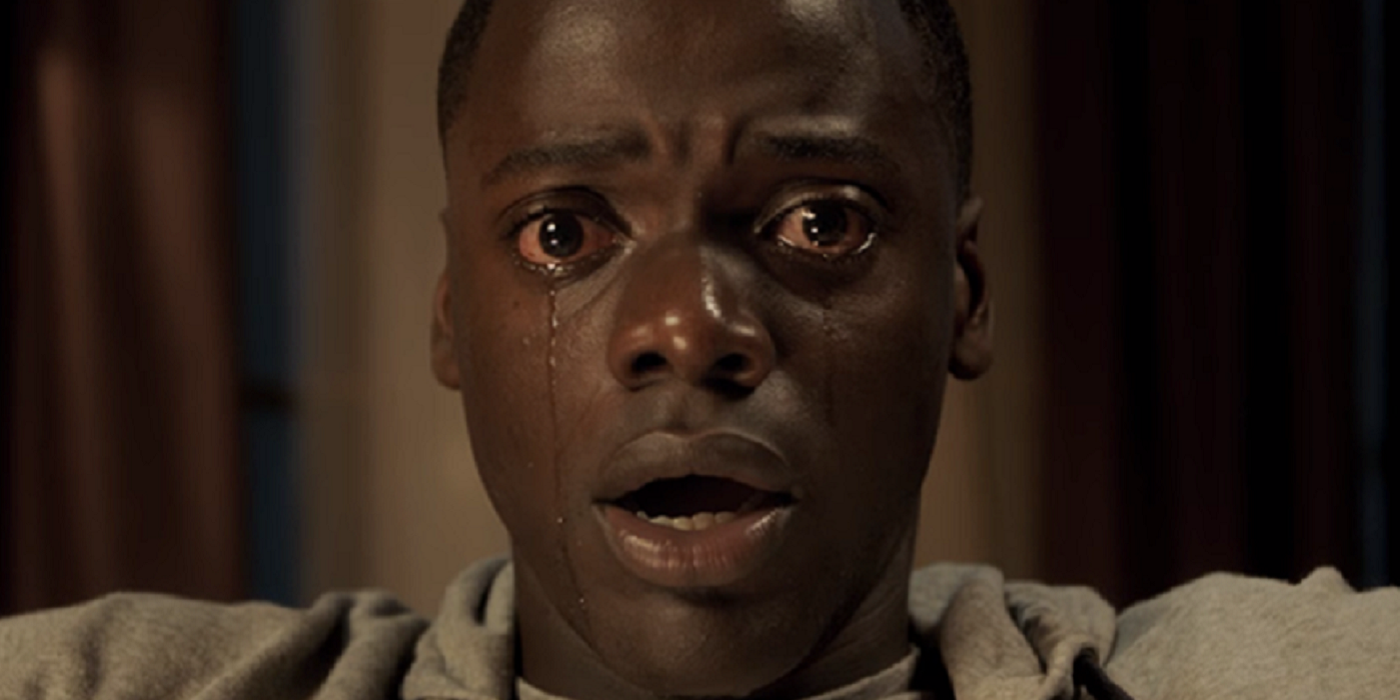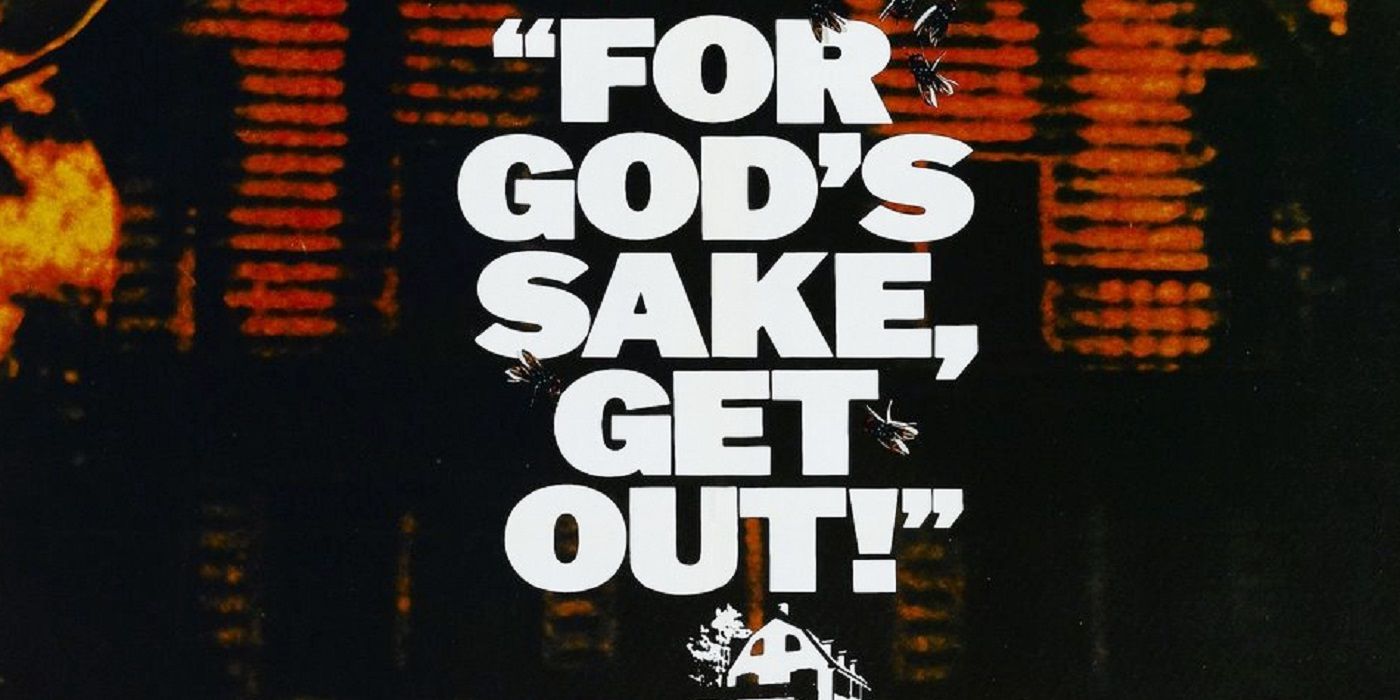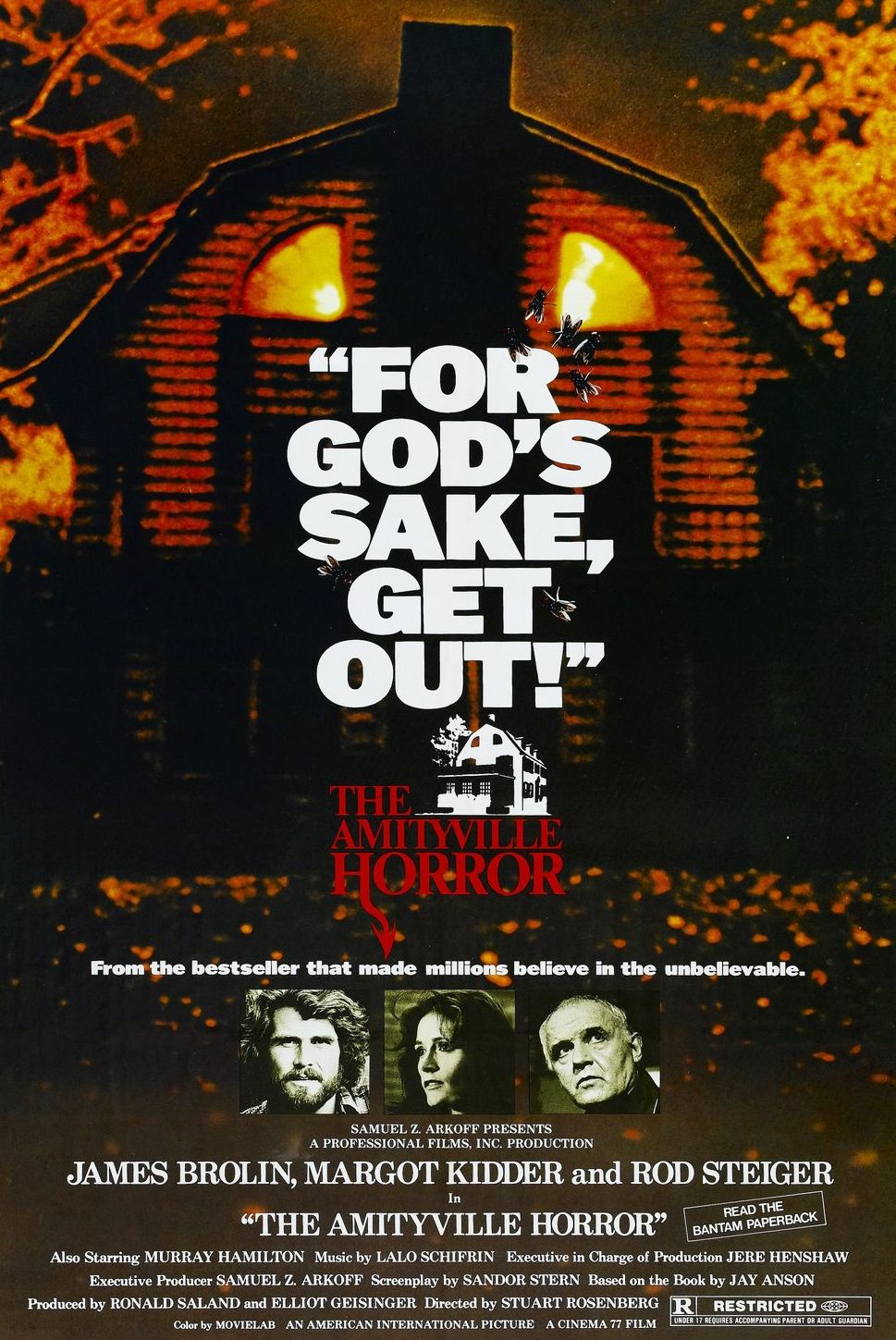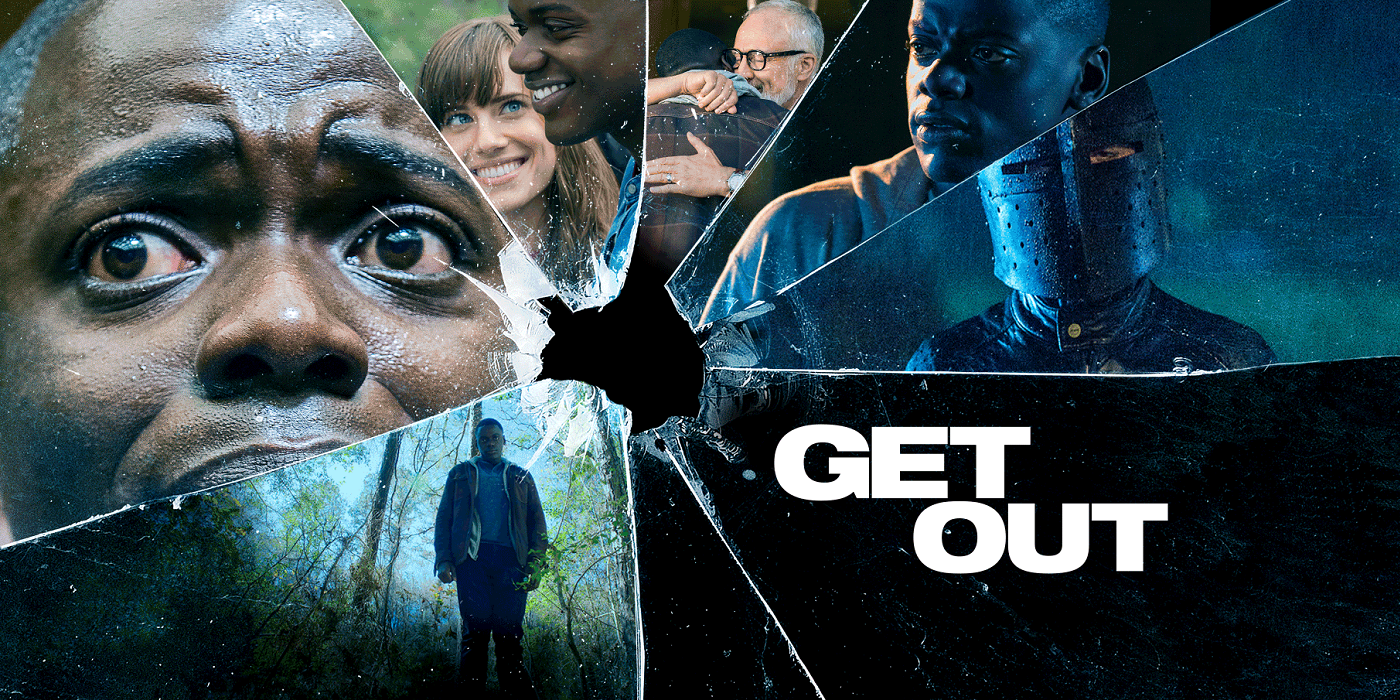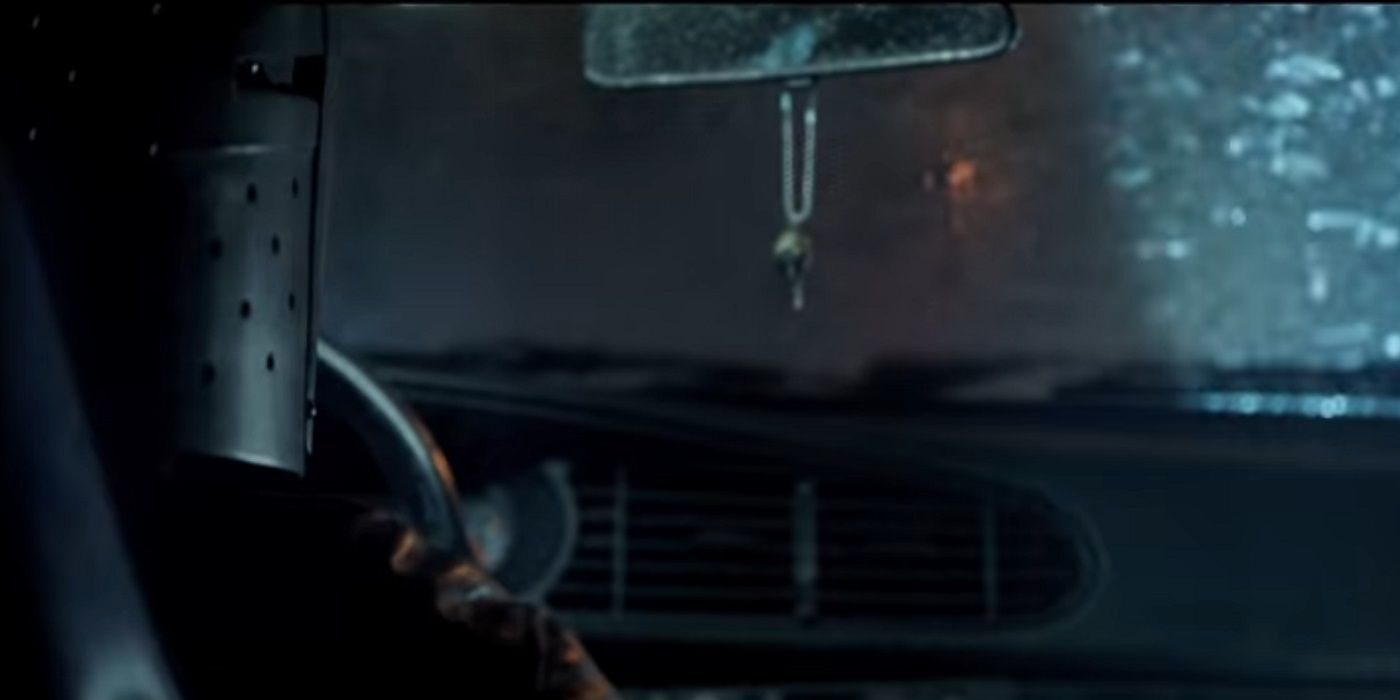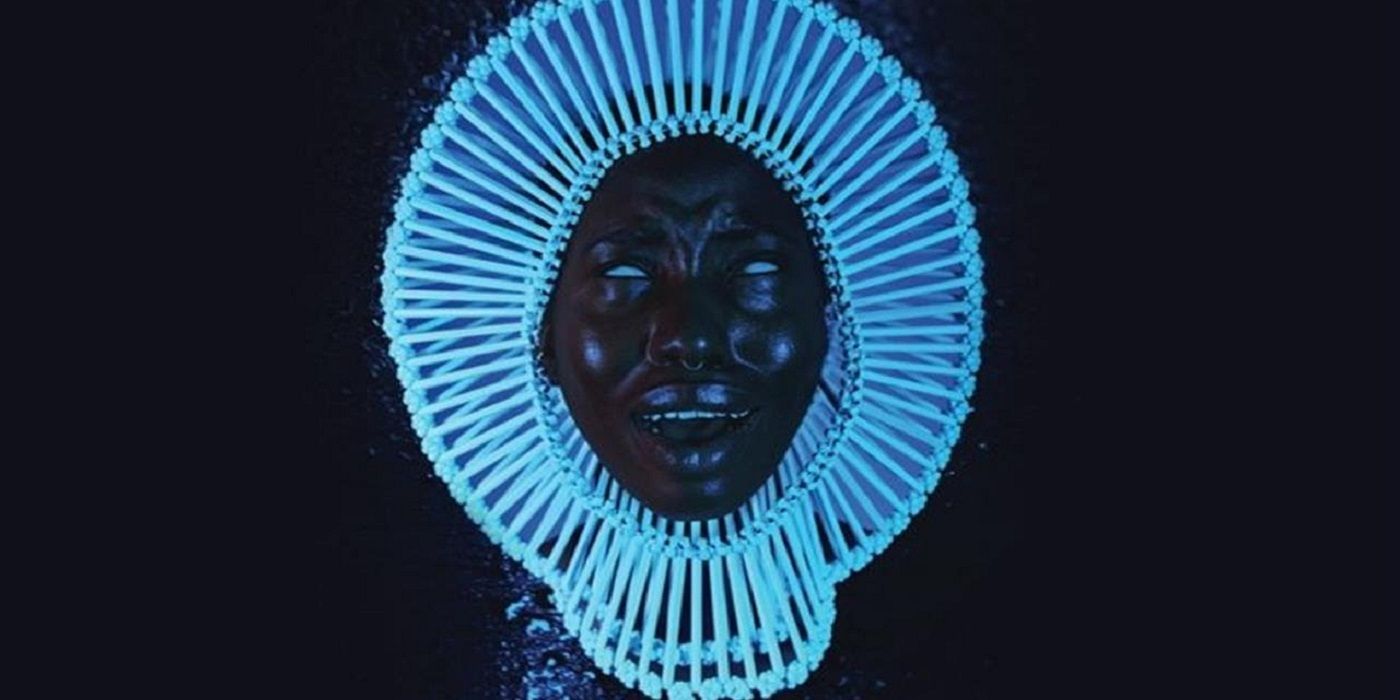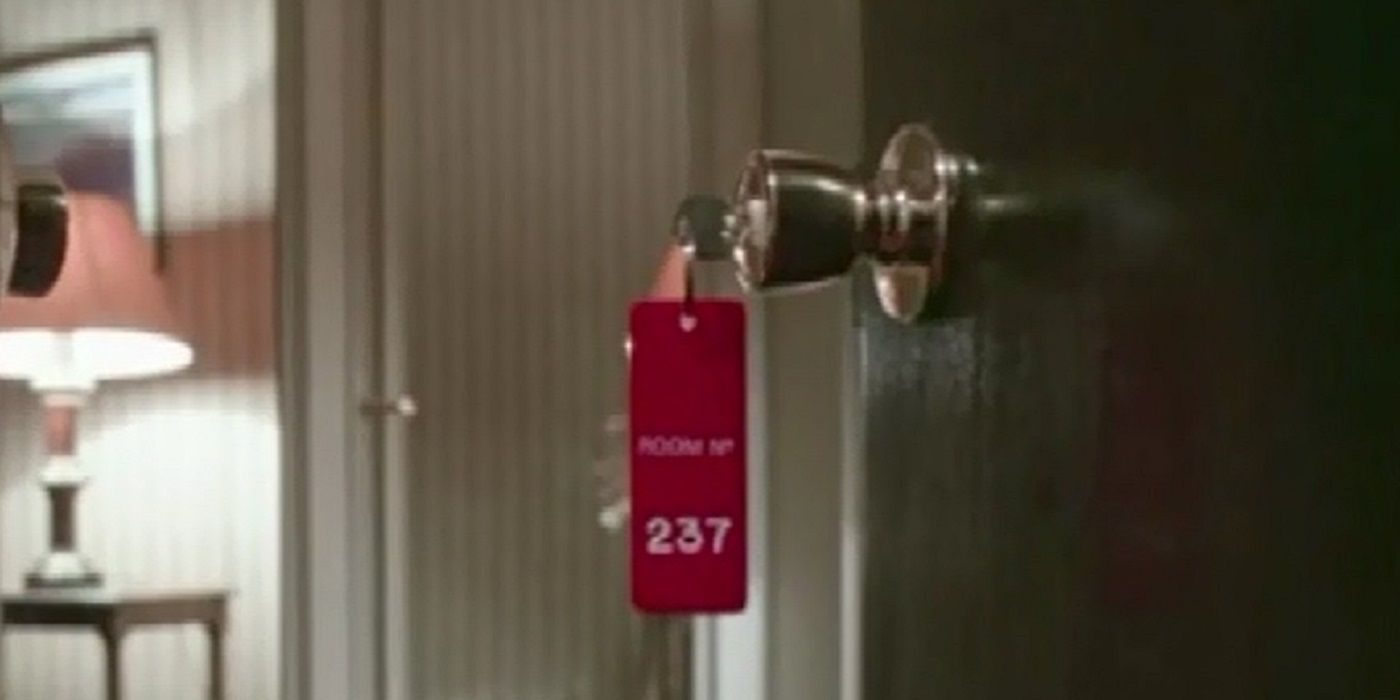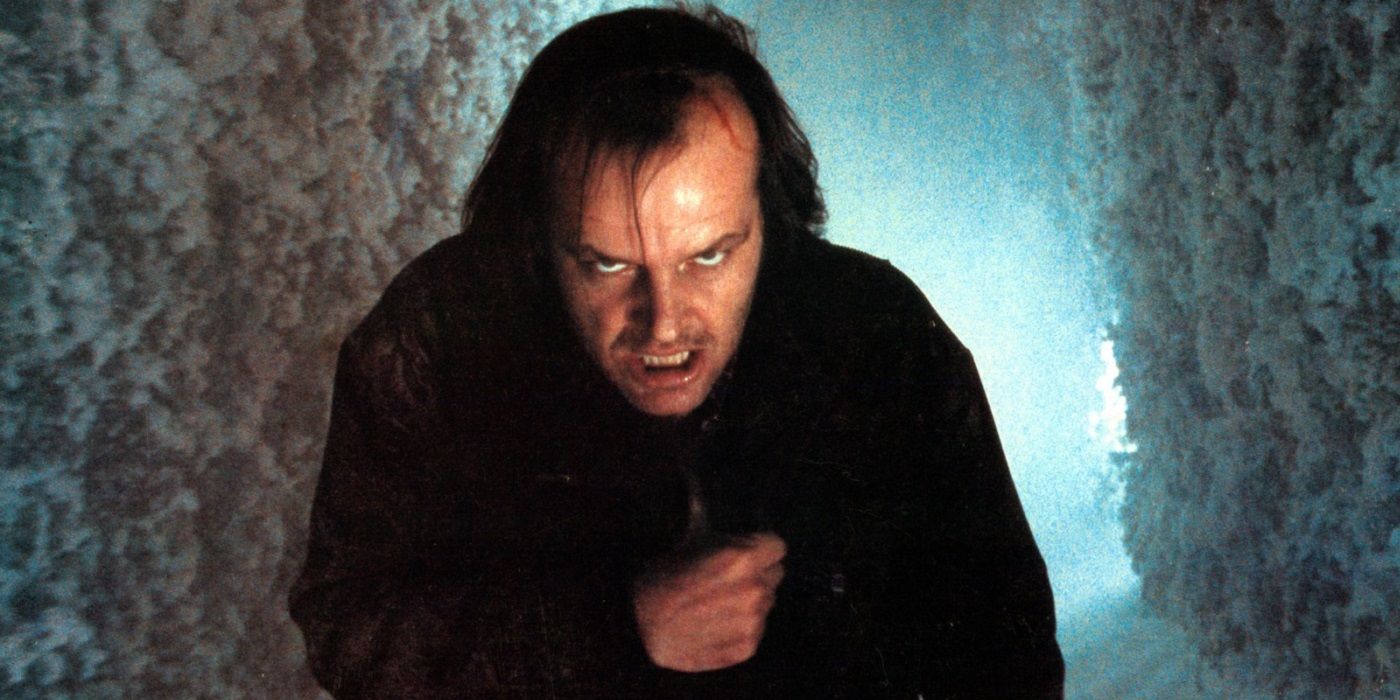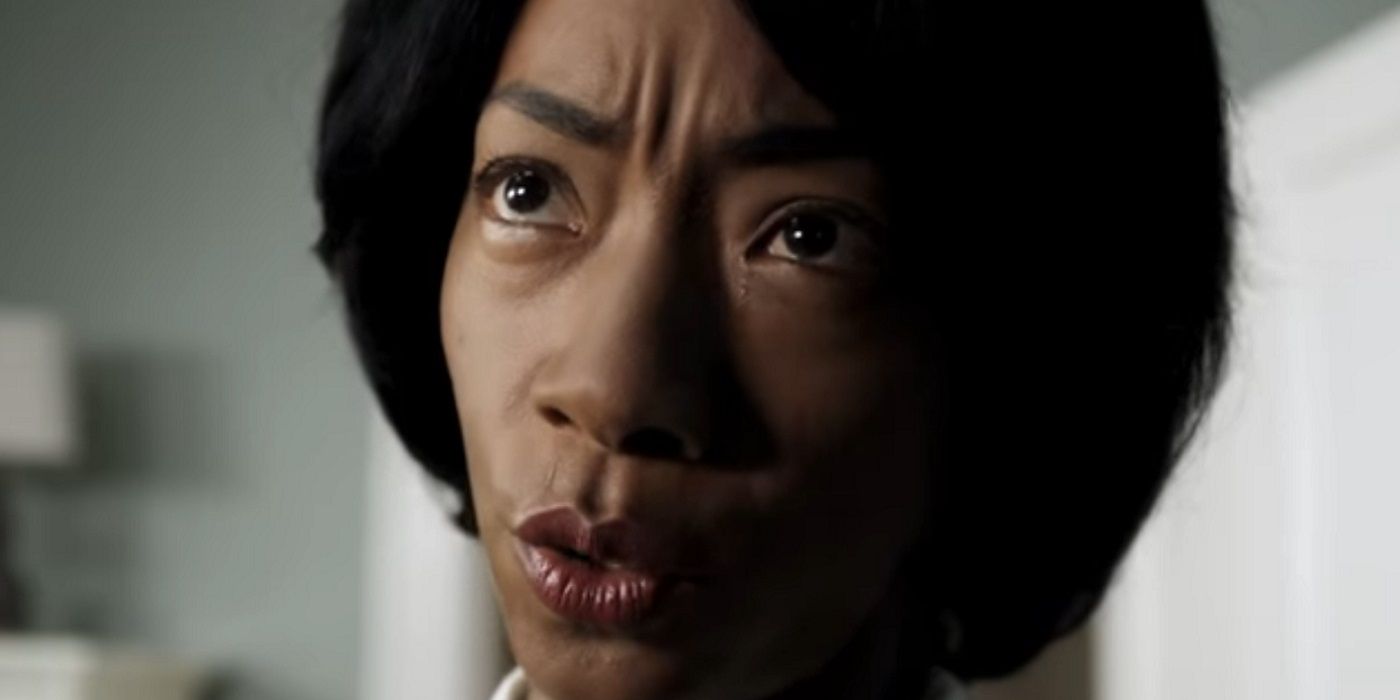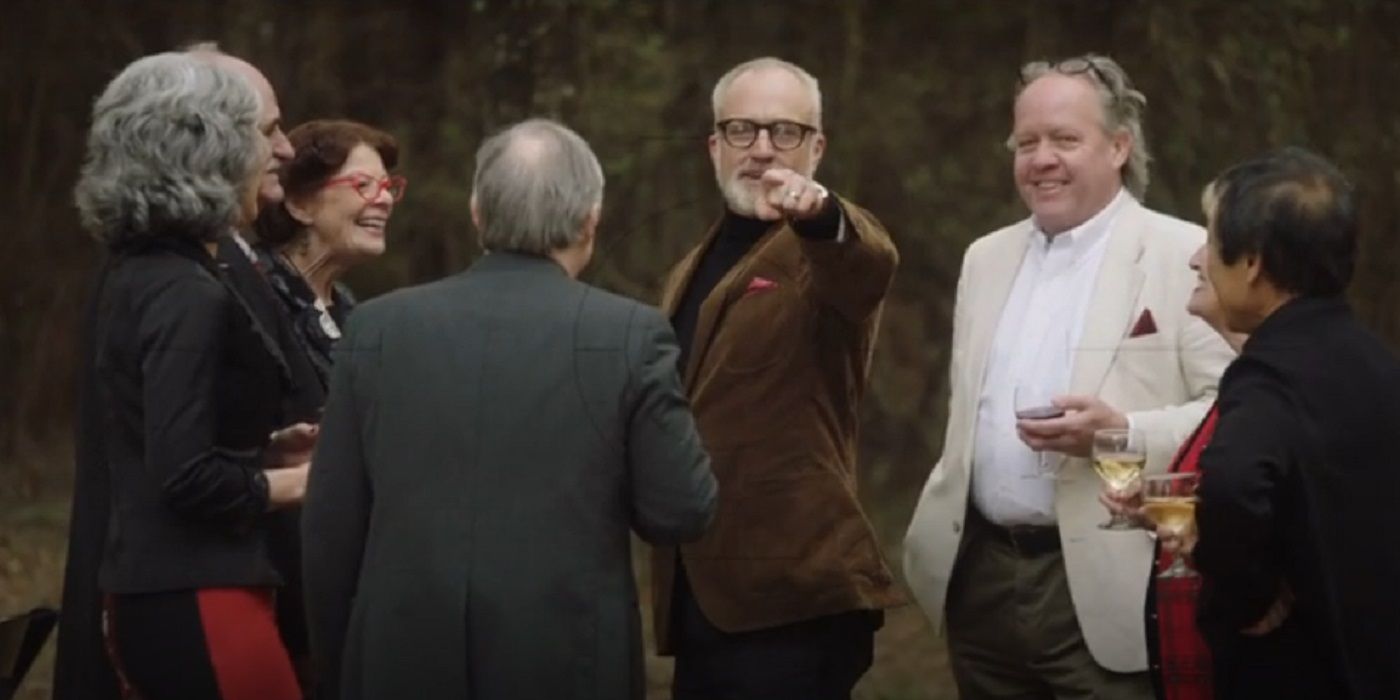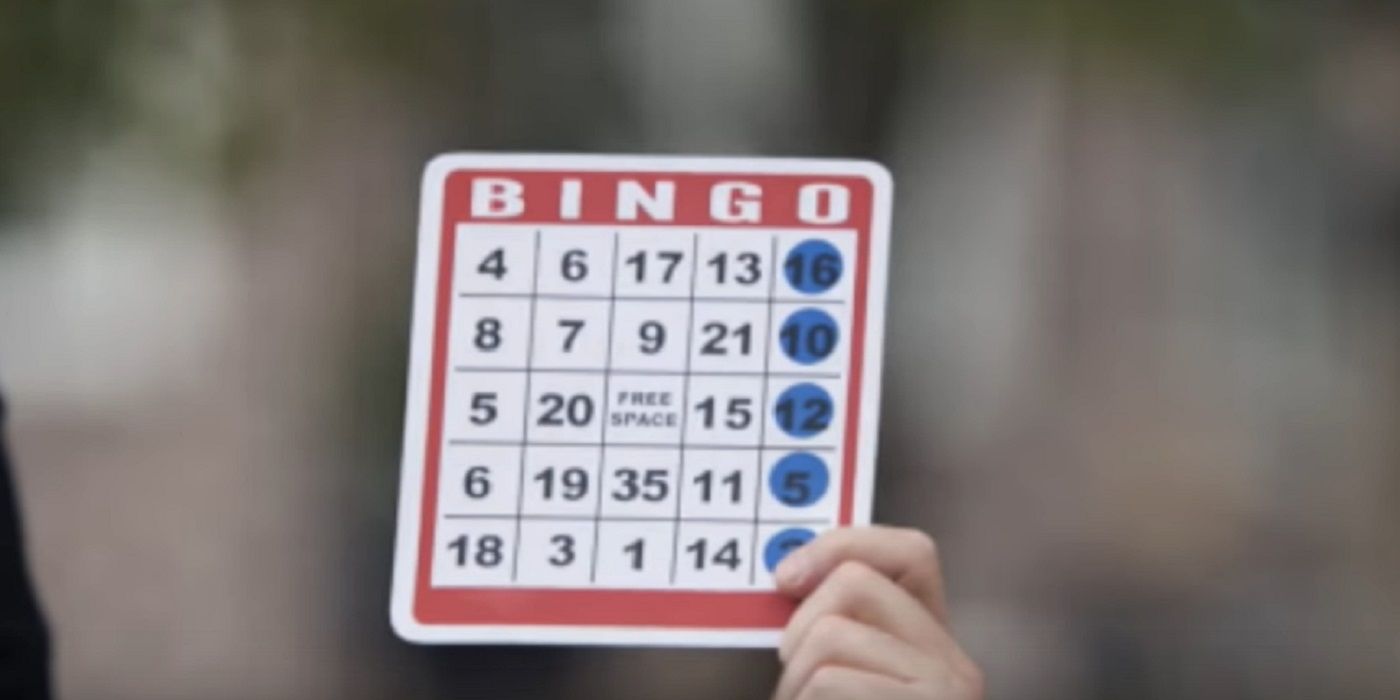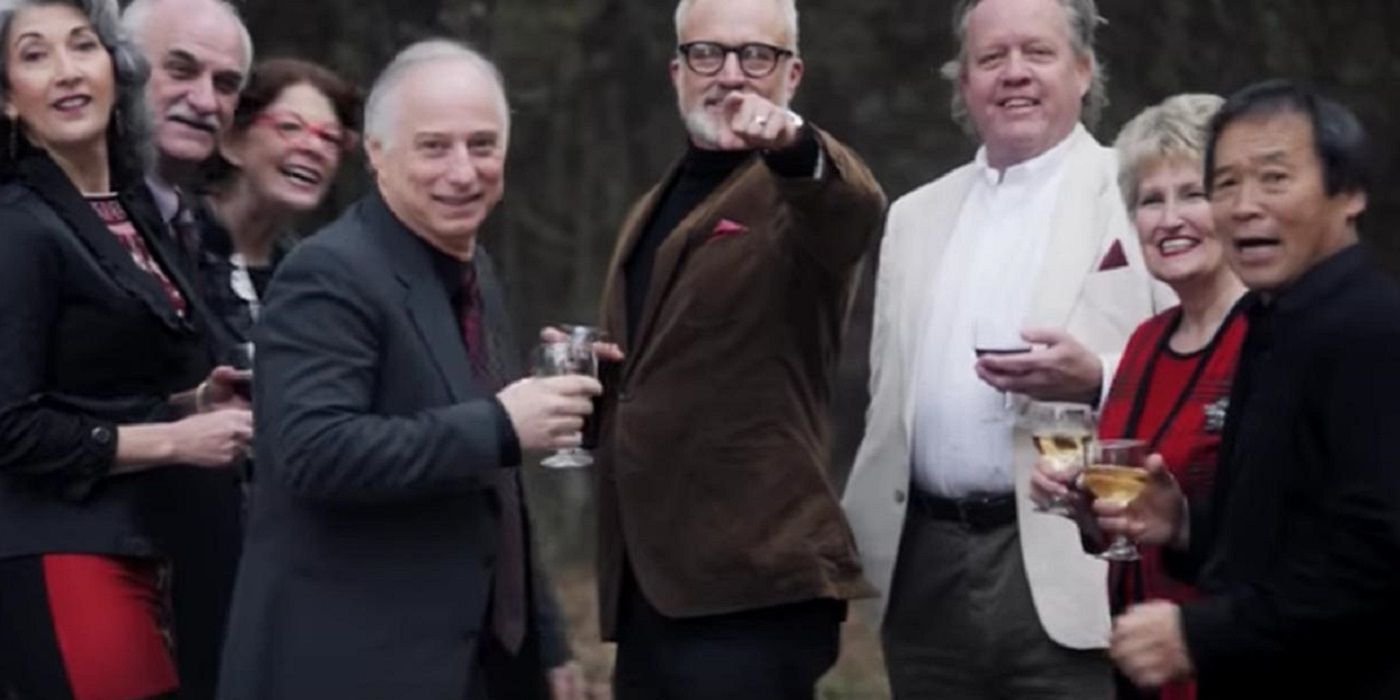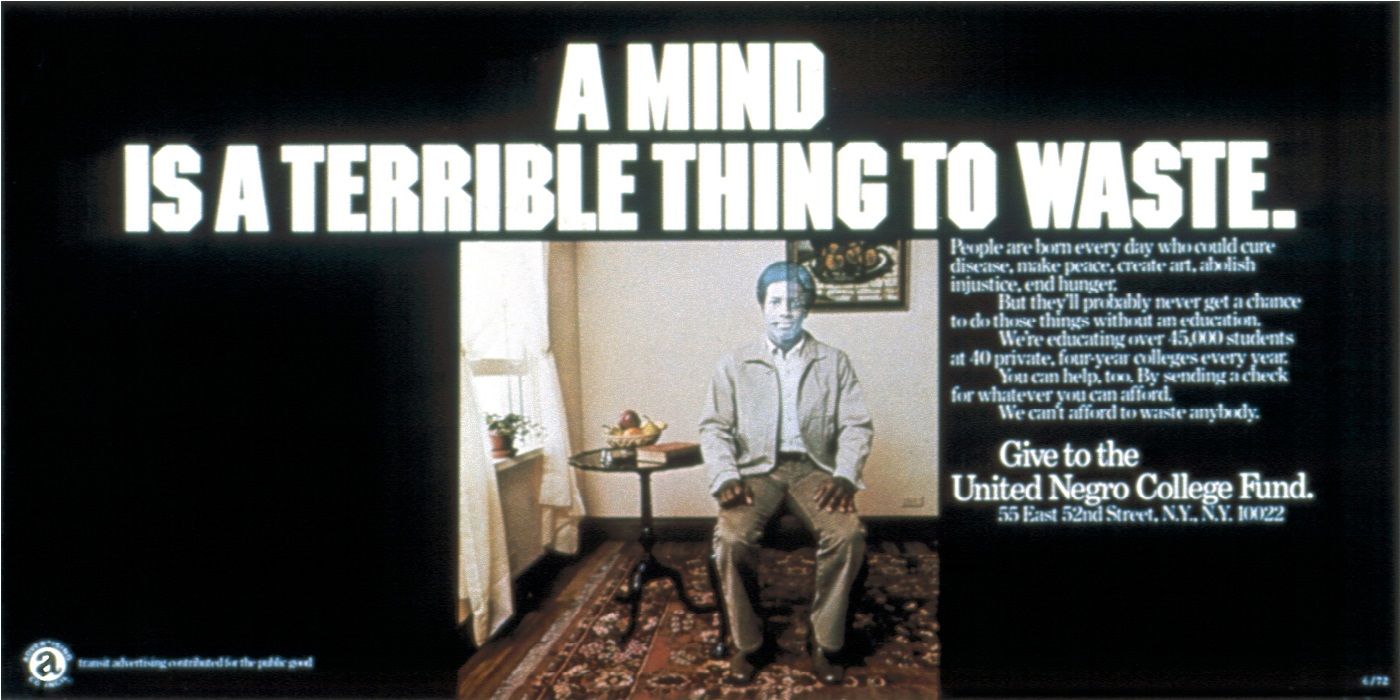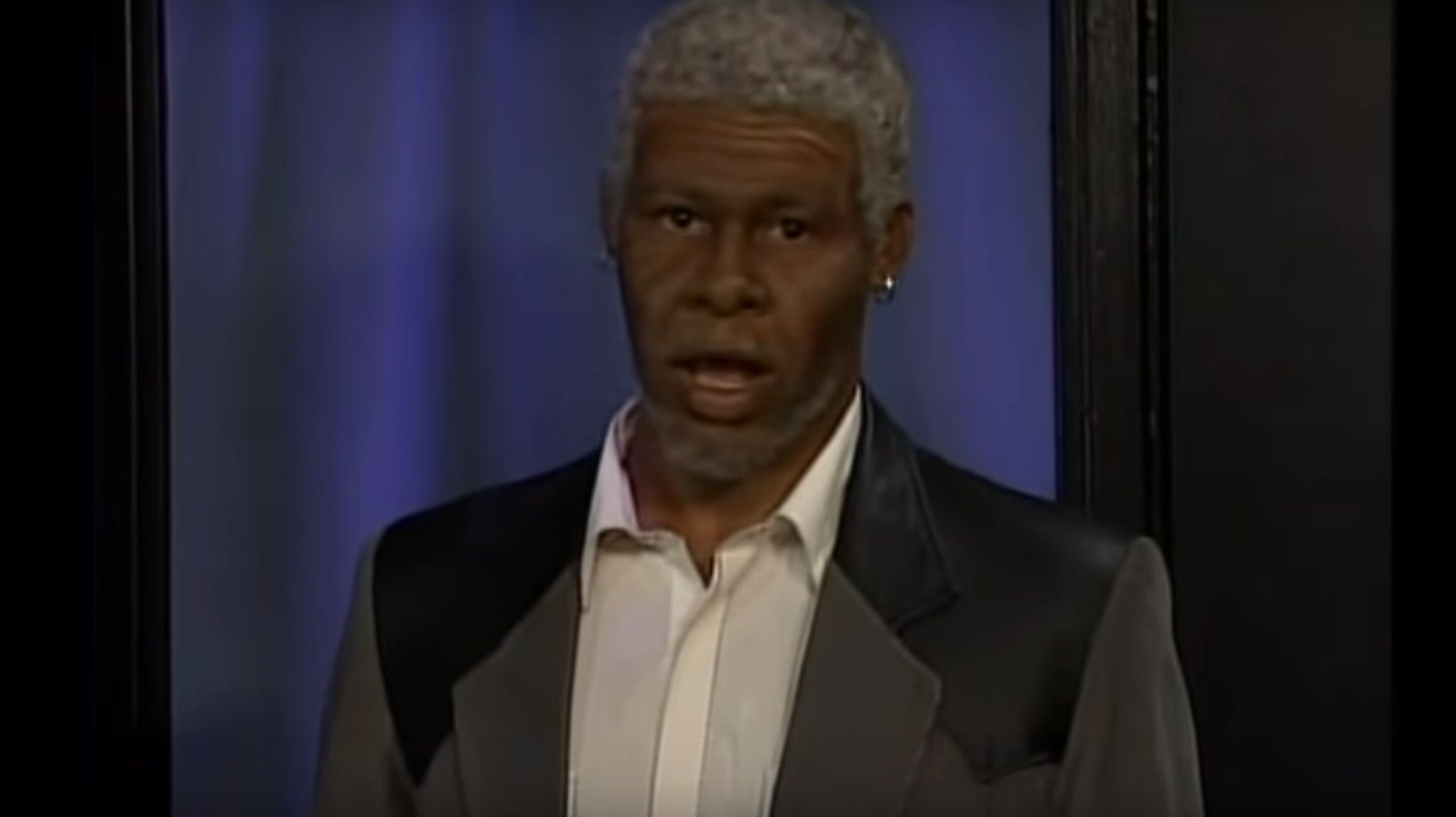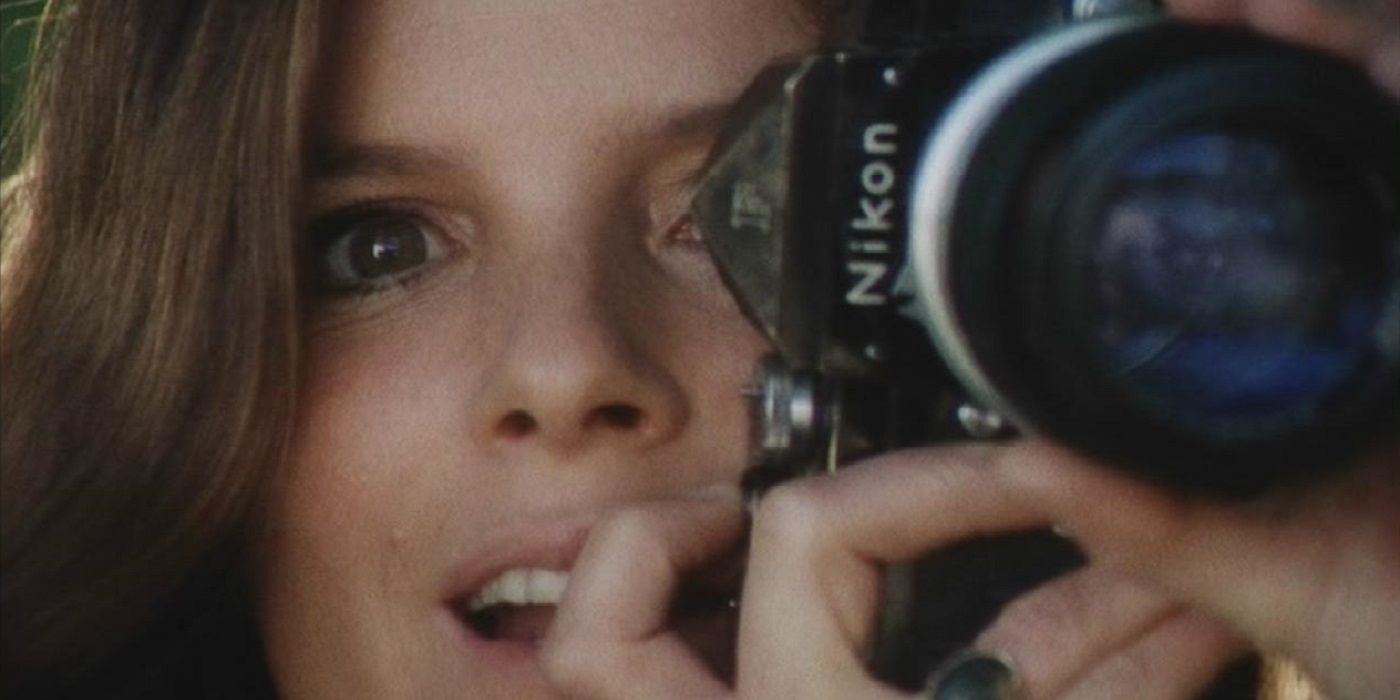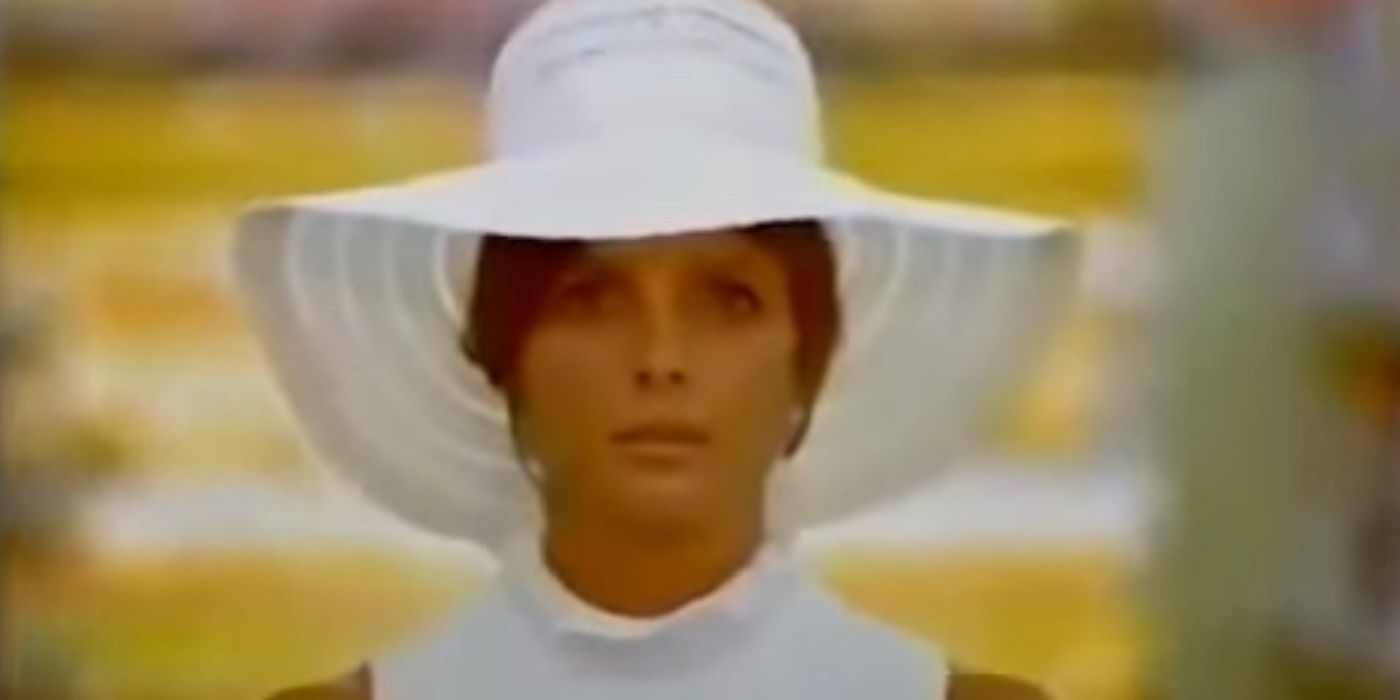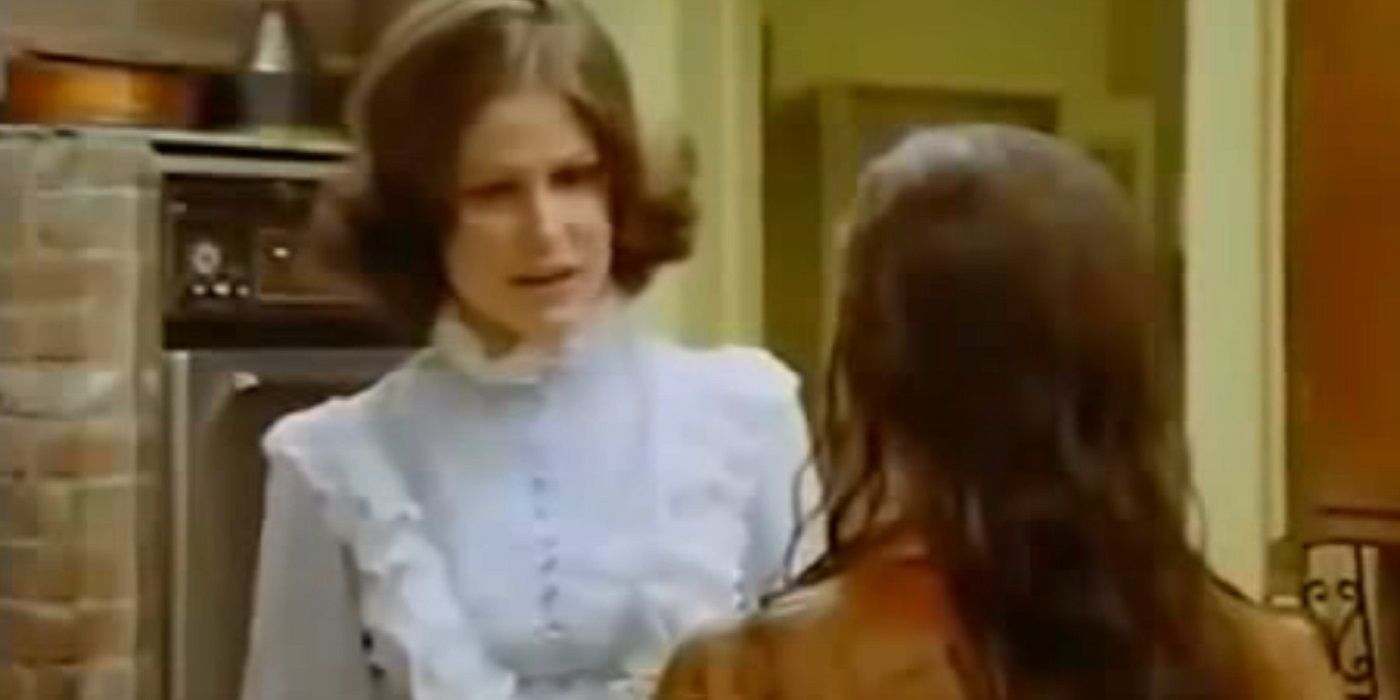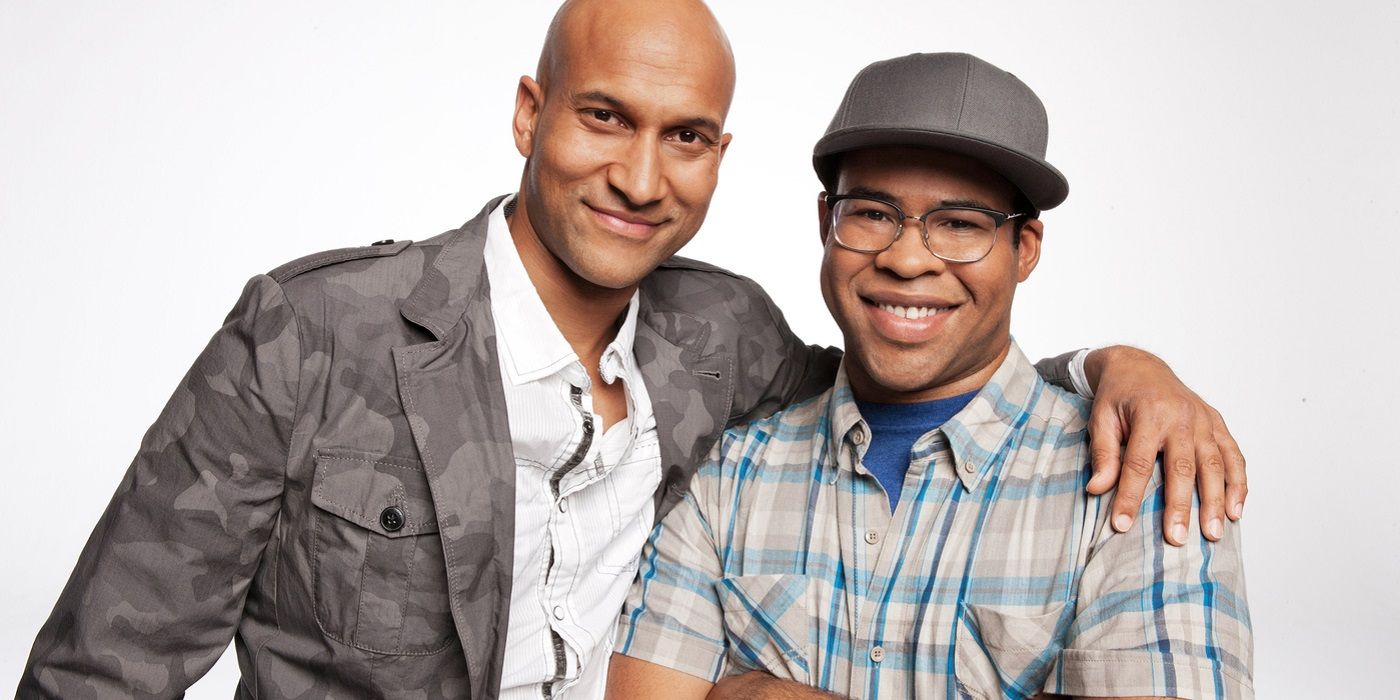As Jordan Peele's hit new social thriller (his term) film, "Get Out," rockets up the box office charts (Peele is already the first African-American director to crack the $100 million barrier on his debut film - a feat even more impressive considering that the film was made for under $5 million!), we thought it would be worthwhile to look at the various easter eggs and almost-hidden references within the film, about Chris, a young black man (Daniel Kaluuya) who goes to visit the family of his white girlfriend, Rose (Allison Williams) and strange things begin to occur.
RELATED: Freddy vs. Jason: All 20 Films Ranked
Peele has spoken a lot about the famous horror films that influenced his movie, so it comes as little surprise to know that he put little references to many of those films within his own. However, Peele did not just reference horror films. There are a number of clever references within the film that possibly passed by audiences without them noticing. Here are 15 of the coolest easter eggs from "Get Out."
CAUTION: There will be plenty of spoilers about "Get Out" ahead (plus some other classic horror films). Be forewarned!
15 THE NAME OF THE FILM ITSELF
The name of the film basically refers to the famous horror film, "The Amityville Horror," about a family in Long Island who move into a haunted house where the ghost inside the house keeps trying to drive the family out. One of the most memorable ways that it does so is famously demonstrated on the poster for the film, which is a ghostly voice imploring the family to "Get out."
However, beyond that film, the real inspiration for the movie/title comes from a popular Eddie Murphy routine from his stand-up film, "Delirious." In the bit, Murphy compares how white people handle haunted houses in films to how black people would handle similar situations.
In the most famous part of the bit, he references a black family having moved into the Amityville house and hearing "Get Out," and they immediately get out. Jordan Peele has specifically referenced that this was one of the inspirations for this film, showing how a black person would handle a typical horror situation.
14 THE OPENING SONG
The title theme of "Get Out" is a song called "Sikiliza Kwa Wahenga." Jordan Peele put a lot of thought into every aspect of the film, including the music that went with it. Jordan Peele recalled discussing the music for the film with Michael Abels, who did the score for the movie:
I was into this idea of distinctly black voices and black musical references, so it’s got some African influences, and some bluesy things going on, but in a scary way, which you never really hear.
So Abels wrote "Sikiliza Kwa Wahenga," a song with lyrics in Swahilii.
When asked what the lyrics are, Peele explained:
The words are issuing a warning to Chris. The whole idea of the movie is “Get out!”—it’s what we’re screaming at the character on-screen. They go, “Brother, brother,” in English, and then something to the effect of, “Watch your back. Something’s coming, and it ain’t good."
So right off the bat, the film is issuing a warning. And that is not the end of it!
13 SERIOUSLY, RUN!
The first music that we actually hear within the film, even before the credits, is in an opening sequence where Andre Hayworth (Lakeith Stanfield) is lost walking the streets of a suburb at night and gets attacked by a mystery man in a white Porsche wearing a mask. We later learn that this is Jeremy Armitage (Caleb Landry Jones), the youngest member of the evil Armitage clan.
When Jeremy stops his car and pulls over to abduct Andre, Jeremy is listening to the Flanagan and Allen song, "Run Rabbit Run."
The song is about a farmer going to shoot a rabbit for "rabbit pie" day, which is every Friday on the farm. They warn the rabbit to:
Don't give the farmer his fun! Fun! Fun!
He'll get by
Without his rabbit pie
So run rabbit – run rabbit – Run! Run! Run!
The song was popular in England in World War II. Besides the obsession with the past, which is clear in the film due to the fact that the Armitages plan to keep on living forever (and the eldest Armitage's obsession over his defeat by Jesse Owens back in 1936), the song is another warning to, in effect, "get out."
12 CHILDISH GAMBINO GIVES US ONE LAST WARNING
After the opening theme, our first introduction to Chris is through a montage of his photographs while he gets ready in the morning and his girlfriend comes to meet him for their trip set to the tune of Childish Gambino's hit song, "Redbone."
The tune is all about paranoia and infidelity in a relationship ("Redbone" is a slang term for an African-American with lighter skin tone). The paranoia theme naturally tied the song well to this movie. Jordan Peele explained why he chose the song:
Well, first of all, I love the ‘Stay Woke’ [lyric] — that’s what this movie is about. I wanted to make sure that this movie satisfied the black horror movie audience’s need for characters to be smart and do things that intelligent and observant people would do.
That tied in with Peele's Eddie Murphy reference from before, where he wanted to spotlight the "genre-savvy" response to a horror film from a typical black audience member.
11 ODE TO THE SHINING
As noted earlier, Jordan Peele is a really big fan of classic horror films. One of his favorite horror movies is 1980's "The Shining." He even did a sketch on his old Comedy Central TV sketch series, "Key and Peele," that was a parody of "The Shining," with Peele playing a man (staying in Room 237, of course, which is the haunted room at the Overlook Hotel in "The Shining") who becomes obsessed with the continental breakfast offered at the hotel where he was staying. We later learn that he was always at the hotel (much like Jack Torrance's character in "The Shining" was shown to be at the hotel during the 1920s).
In one of the most subtle easter eggs in the film, while Rod Williams (Lil Rel Howery) is at the airport, worrying about where Chris is, we hear over the intercom a reference to flight number...237, of course.
10 MORE ABOUT THE SHINING
The opening sequence in the film, where Andre is kidnapped by Jeremy, begins with Andre lost as he tries to maneuver his way through a confusingly laid out suburb (with way too similar street names) at night. The scene, of course, is mainly intended to evoke the death of Trayvon Martin, a teenager who was shot while walking in a Florida suburb at night back in 2012 (the opening scene is one of the few major changes to Peele's original script, which he otherwise wrote in 2009).
However, the scene was also meant to evoke the feeling of John Carpenter's "Halloween," which turned a typical suburb into a killing field when Michael Myers returned home Halloween night. On top of all that, though, it was also intended as another sly reference to "The Shining." Andre comments that walking through the confusing suburb is like walking through a "hedge maze," which Peele noted was a reference to the famous ending of "The Shining," in which the crazed Torrance freezes to death in a hedge maze after trying to kill his own son.
9 GEORGINA'S NAME
One of the best scenes in the film is when Chris talks to Georgina, the Armitage maid, who is secretly the grandmother of the family who's only pretending to be the maid while Chris was around. The woman in whose body most of the grandmother's brain had been placed in is stronger than the other people we see in the film who have had their bodies taken over. As a result, she is able to fight for control more often, which leads to the brilliant sequence in which the grandmother tries to tell Chris that everything is totally fine while the woman whose body she's controlling fights back by openly weeping in front of him. Of course, to Chris, it just seems like she is crazy.
The name of the character, Georgina, was a reference to a notable "Key and Peele" sketch, "Georgina and Esther and Satan."
In the sketch, two elderly women compare notes in church over what they will do to Satan in response to the control he has exhibited over their grandchildren. It gets hilariously graphic. It is fitting that a sketch about someone controlling others would inspire the name of a character being literally controlled by someone else.
8 FASHION STATEMENT
In one of the key sequences in the film, the Armitage family hosts their annual get together, a tradition started by the grandfather of the family before he "died." The whole party, of course, is actually an attempt for the various old, rich friends of the Armitage to get to meet Chris and size him up and see if they want to bid on being able to take control of his body. In addition, this sequence re-introduced Andre, who has since had his brain replaced by an old rich white man and is there at the get-together with his wife.
In a subtle clue as how Chris does not belong at the gathering, Chris is decked out in a blue shirt, while nearly everyone else at the party is wearing some form of red, even if it is just a red handkerchief worn as a pocket square by the gentlemen in the audience. Amusingly enough, it appears as though the man who took over Andre's body doesn't have a red item of clothing, until his wife then gives him a red handkerchief, right when we realize that Andre is no longer, well, Andre.
7 B-I-N-G-O
One of the most notable scenes in the film is when the rich folks all get together to play a game of Bingo. However, instead of Bingo, what they're actually doing is taking part in a silent auction for Chris' body. Peele noted that a recurring theme within the movie is that the villains all play traditionally "white" games. Peele explained, "From a satirical standpoint, I use a lot of imagery that shows the elements of white culture that we’re not necessarily familiar with. There’s a lacrosse stick. There are bocce balls. Bingo plays a big part."
However, also note that the Bingo cards are all already stamped so that all of the rich white folks are "winners" right away. They all have "Bingo" before the game even begins. Do note, also, that the only Asian person in attendance has a different color Bingo card than the rest of the people.
6 A GREATER SCOPE OF VILLAINY
As noted, the one exception to the otherwise all-white audience at the get together was a single older Asian man. He asks Chris how life as an African-American has been for him (Chris uses this an excuse to try to get "Andre" to answer, and while he is talking, Chris takes his photo and the flash temporarily gives Andre control of his own body and he tries to quickly warn Chris to "get out").
The Asian partygoer was a reference by Peele to the great horror film, "Rosemary's Baby" (where Rosemary, played by Mia Farrow, discovers that she is set to give birth to the Anti-Christ under the direction of a Satanic cult):
There’s also a party sequence in Get Out that pays homage to the Japanese character who turns up at the end of Rosemary’s Baby. It’s a scary turn in that film because when you see that guy, you realize this is not just a group of run-of-the-mill, Upper West Side devil worshippers. It’s an international cult.
Therefore, this presumably speaks to the frightening scope of the Armitage cult.
5 A MIND REALLY IS A TERRIBLE THING TO WASTE
While Chris is being prepared for the brain surgery that he will undergo where a rich blind art dealer will have most of his brain placed into Chris' body, Chris' friend, Rod, is back at Chris' apartment, watching Chris' dog and worrying about his friend. While Rod researches the situation further (including investigating Andre's similar disappearance), a commercial comes on to the television and we hear "A mind is a terrible thing to waste."
That is the slogan for the United Negro College Fund, a charitable organization founded by Frederick D. Patterson in 1944 (Patterson was at the time the head of the Tuskegee Institute, which later became a full-fledged university). It was coined in 1972 by Forest Long, of the advertising agency Young & Rubicam, for an ad campaign for the organization.
It has since become one of the most well-known ad slogans in history. Obviously, though, its usage here is tragically ironic. It was also used in the trailers for the film.
4 DIRECTOR'S CAMEO
Amusingly enough, though, that is not an actual United Negro College Fund commercial in the film. Instead, it was the director of the film, Jordan Peele, doing that line in his best Morgan Freeman. Peele is a well-known impressionist. He is best-known for his dead-on Barack Obama (he was almost hired by "Saturday Night Live" for the 2007-08 season because of his spot-on Obama), but he does a great Morgan Freeman, as well, as shown in a classic sketch on "MADtv" where Peele, as Freeman, just narrates his day-to-day life (a parody of how Freeman seemingly narrates every other film being released nowadays).
The sly little "cameo" by the director evokes the films directed by Alfred Hitchcock (which include a number of horror classics, like "The Birds" and "Psycho"), who always found a way to work a cameo of himself into his films, even in oblique ways (like a photograph of him in a newspaper).
3 HAVING A GREAT EYE
The two films that Jordan Peele has routinely cited as the biggest influences on "Get Out" were both based on novels by Ira Levin, "Rosemary's Baby" and "The Stepford Wives." In "The Stepford Wives" (a 1975 film based on the 1972 Levin novel), a young woman named Joanna (Katharine Ross) moves to a small town in Connecticut with her husband and two children, and slowly discovers that there is something horribly wrong about the other housewives in the town. In many ways, "Get Out" is to black people what "Stepford Wives" was to women.
It is therefore no surprise that Chris is a photographer just like Joanna was in "The Stepford Wives." In both films, the keen eye of both their protagonists is consistently lauded. Therefore, it is all the more chilling when both of their eyes become deadened during their films.
Here's Chris, when he is being hypnotized:
And here's Joanna, when she falls victim to the same horrible fate as all the other women in the town of Stepford:
Chris at least gets a happy ending in his film.
2 MISSING WORDS
In "The Stepford Wives," Joanna's best friend in the town is Bobbie (Paula Prentiss), a similarly free-thinking, independent wife and mother. Bobbie helps Joanna push back against the conventions of the town and later, when Joanna becomes more suspicious about something nefarious going on in Stepford, Bobbie also helps her investigate the town.
When Joanna discovers that the housewives are being replaced by robots, she learns that the vocabulary for the robots have some holes in them. One of them is the word "archaic." When Bobbie is replaced by a robot later in the film, Joanna proves that she is not the real Bobbie by asking her what "archaic" means. She knows Bobbie knows the word, but the new Bobbie does not.
The same sequence occurs in "Get Out," where Georgina does not understand the word "snitch" (she is, after all, a 100-year-old white woman), thereby giving away that there is something wrong about her.
1 A KEY CAMEO
Jordan Peele's big TV break came when he joined the cast of "MADtv." Around the same time, another new cast member on the show was Keegan-Michael Key. The two bonded over their similar senses of humor and their similar backgrounds (they were both bi-racial and raised by single mothers). They quickly demonstrated striking chemistry together on the show. When they both left the series, they eventually started their own TV series on Comedy Central called "Key and Peele." It was a critical and commercial success and ran for five seasons. After it ended, they then wrote and starred together in the comedy film, "Keanu," in 2016.
They have since begun working on separate projects and as such, Key did not act in "Get Out," but Peele did managed to sneak Key into the film in a small way. At the end of the film, when Rose is doing a web search for "Top NCAA prospects," Key is in one of the photo results.
What was your favorite movie reference in "Get Out"? Let us know in the comments section!

